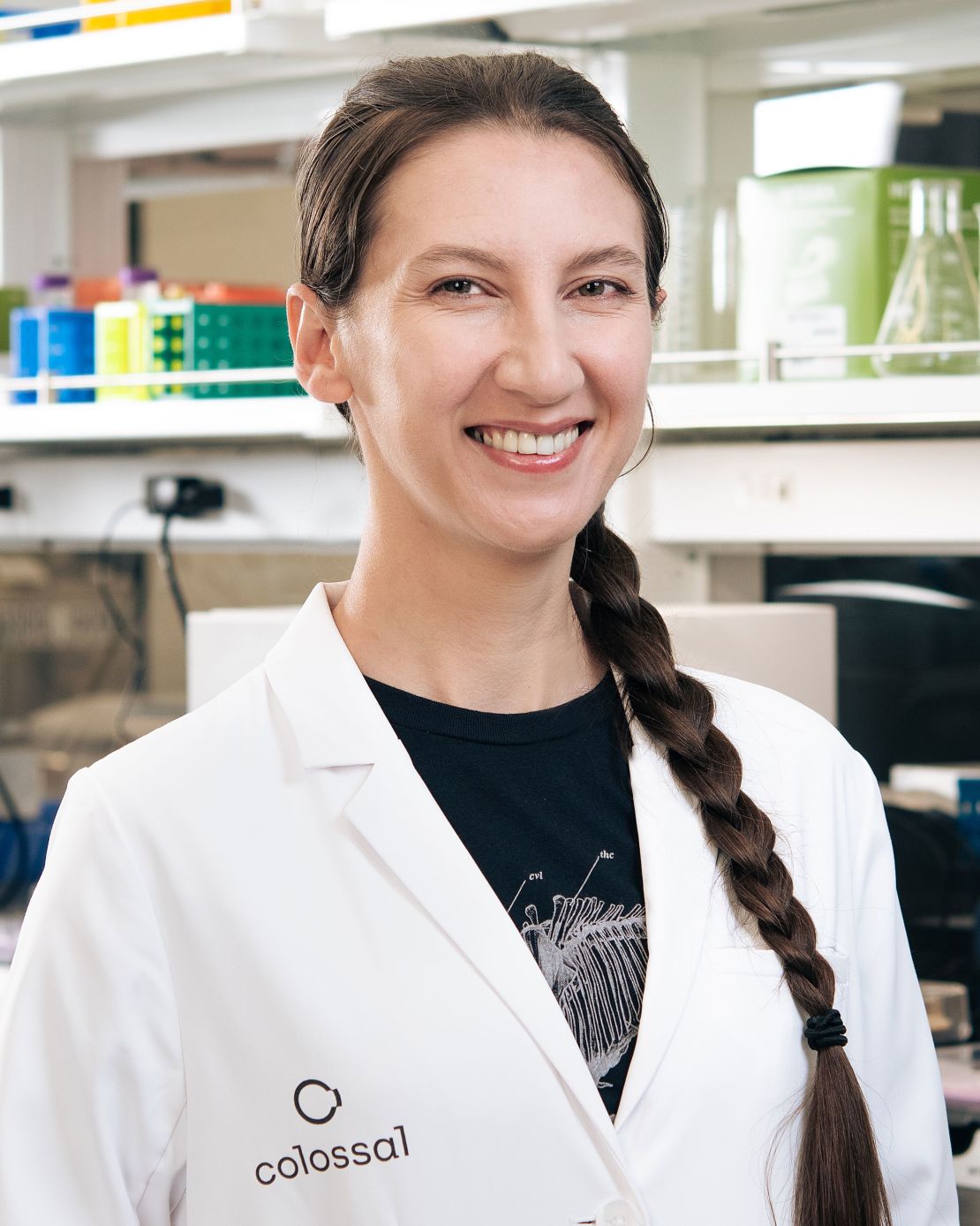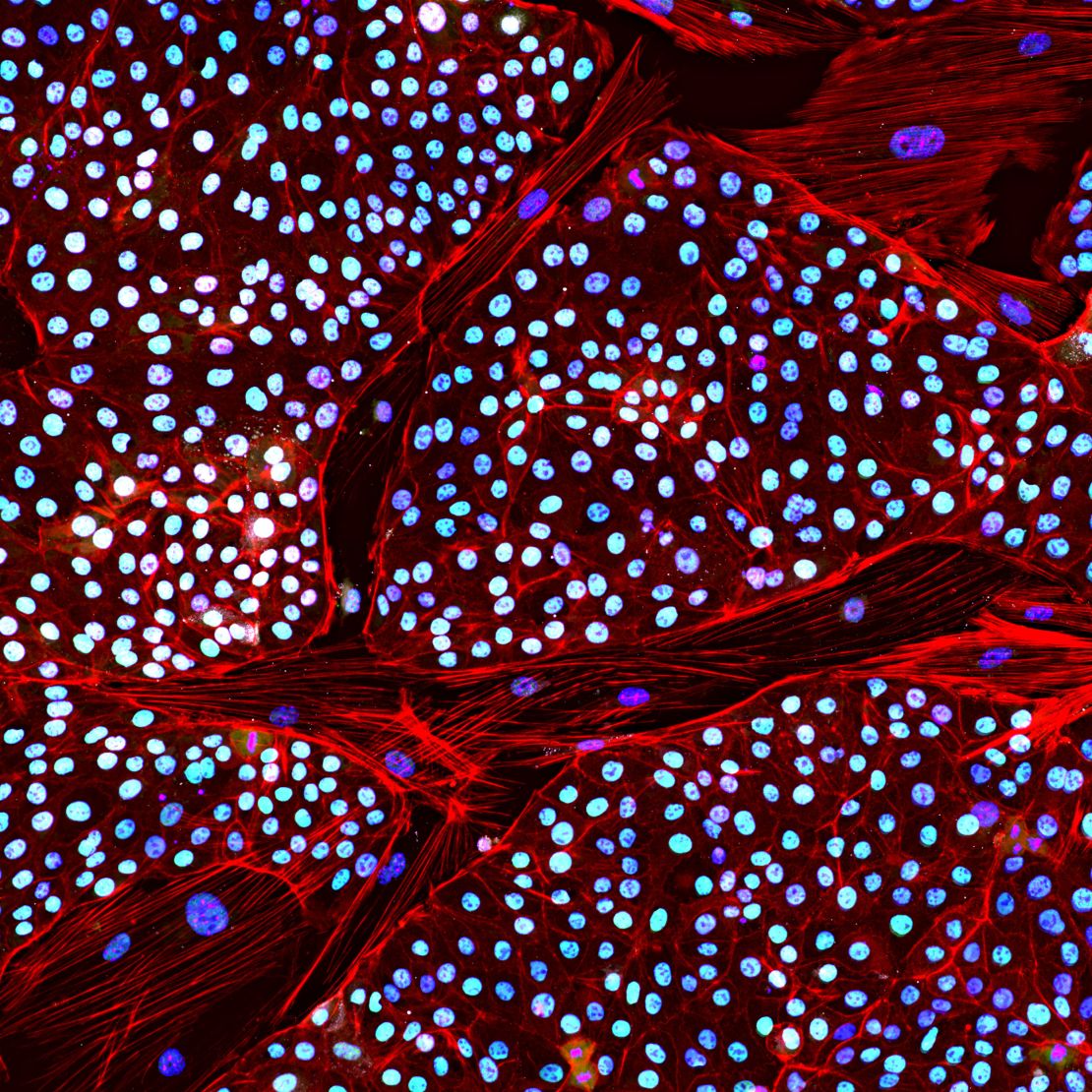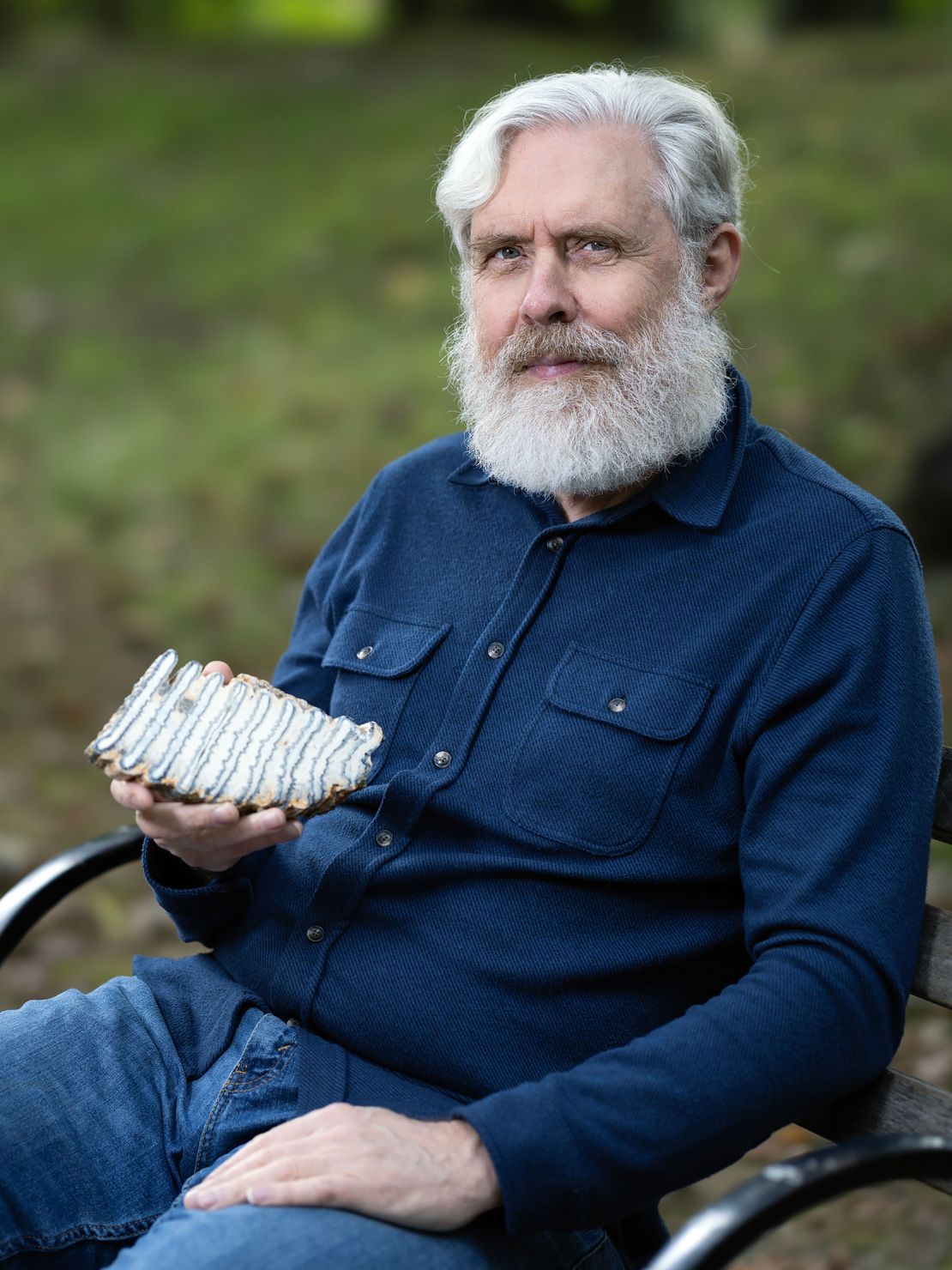Scientists inch forward in efforts to resurrect an extinct giant
CNN carries an article about the scientists’ long-term goal to create a living, walking elephant-mammoth hybrid, Caliber.Az reprints the article.
A bold plan to genetically engineer a version of the woolly mammoth, the tusked ice age giant that disappeared 4,000 years ago, is making some progress, according to the scientists involved.
The long-term goal is to create a living, walking elephant-mammoth hybrid that would be visually indistinguishable from its extinct forerunner and — if released into its natural habitat in sufficient numbers — could potentially help restore the fragile Arctic tundra ecosystem.
Resurrecting the extinct species has been a pet project of Harvard University geneticist George Church for more than a decade. The plan gained traction in February 2021 when Church cofounded Dallas-based Colossal Biosciences with entrepreneur Ben Lamm and received an infusion of cash and an ensuing glare of publicity later that year.
Many challenging tasks, such as developing an artificial womb capable of gestating a baby elephant, remain. But Colossal Biosciences said on Wednesday that it had made a “momentous step” forward.
Church and Eriona Hysolli, Colossal’s head of biological sciences, revealed they had reprogrammed cells from an Asian elephant, the mammoth’s closest living relative, into an embryonic state — the first time stem cells have been derived from elephant cells. The team plans to publish the work in a scientific journal, but the research hasn’t yet undergone peer review.
These modified cells, known as induced pluripotent stem cells or iPSCs, can be further teased in the lab to grow into any kind of elephant cell — an important tool as the researchers model, test and refine the scores of genetic changes they need to make to give an Asian elephant the genetic traits it needs to survive in the Arctic. These include a woolly coat, a layer of insulating fat and smaller ears.

“So what’s beautiful about the cells is they can potentially renew indefinitely and differentiate into any cell type of the body,” said Hysolli, who is the company’s lead scientist on the mammoth project.
The stem cells will also make it easier for conservation scientists to study the Asian elephant’s unique biology. For their size, the creatures are uniquely resistant to cancer — for reasons that are not well understood. A key obstacle for the team in making the elephant cell lines was to inhibit genes that are thought to confer that cancer resistance.
Cellular research techniques pioneered by Colossal have opened up a new avenue for saving the endangered elephant, said Oliver Ryder, director of conservation genetics at the San Diego Zoo Wildlife Alliance.
“The intention to produce iPSCs from elephants has been out there for years. It has been difficult to accomplish,” said Ryder, who was not involved in the research. “The impact on conservation is going to be in the realm of genetic rescue and assisted reproduction,” he added.
For obvious reasons, it’s hard to study naturally occurring elephant embryos. The stem cells would allow scientists to create model elephant embryos that will lift the curtain on how an elephant develops into a fetus — a “very valuable asset,” Ryder said.

Engineering a woolly mammoth hybrid
The elephant stem cells also hold the key to the mammoth’s rebirth. Once edited to have mammoth-like genetic traits, the elephant’s cells could be used to make eggs and sperm and an embryo that could be implanted into some kind of artificial womb. However, that will take years of work.
Given an initial six-year deadline set by Colossal, the team plans to first employ existing cloning techniques similar to those used in 1996 to make Dolly the sheep, inserting genetically edited cells into a donor egg that would be gestated by a surrogate elephant mom. However, even though that technology has been around for a while, the results are hit and miss. And many question whether it is ethical to use endangered animals as surrogates given the likelihood of failed attempts.

“I think the first engineered elephant will be the major milestone and that may be consistent with Ben’s (Lamm) prediction of six years from 2021,” Church said. “The second thing that will make us happy is we have one that’s really cold resistant. Then the third one will be if we can do it in a way that’s scalable, that doesn’t involve surrogates. That’s an unknown distance out,” Church said.
The research team at Colossal has already analyzed the genomes of 53 woolly mammoths from ancient DNA recovered from fossils. The wide-ranging specimens from animals that lived in different places at different points in the past helped the scientists understand exactly which genes make a mammoth unique.
“We’ve come a long way. Mammoth DNA quality is almost as good as the elephant and both of them are almost as good as (DNA extracted from) humans,” Church said.
Church and Hysolli didn’t say exactly how many genetic changes they expect to make to Asian elephant DNA to make a creature that resembles a mammoth capable of withstanding Arctic temperatures. The geneticists also want to engineer a mammoth with no tusks, so the animals don’t fall prey to poachers.
Church, who has been at the forefront of work to genetically engineer pigs with organs compatible with the human body for transplants, said it is possible to make 69 edits at one time in pigs. The number of modifications needed to make an Asian elephant resistant to the cold would be broadly similar, he said.
The potential role of resurrected mammoths
Colossal has longed claimed that mammoths, should they return to the grasslands in the planet’s northernmost reaches in sufficient numbers, would help slow down permafrost thaw.
Some scientists believe that, before their extinction, grazing animals such as mammoths, horses and bison kept the earth frozen underneath by tramping down the grass, knocking down trees and compacting snow.
One small study in Siberia published in 2020 suggested that the presence of large mammals such as horses, bison, yak and reindeer resulted in lower soil temperatures in the protected area where they were kept compared with land outside that boundary. However, it’s hard to imagine herds of cold-adapted elephants making a significant impact on a region that’s warming faster than anywhere else in the world, other experts have said.
Colossal also announced plans to resurrect the Tasmanian tiger in 2022 and the dodo in 2023, but its work on the mammoth been going on longest.








